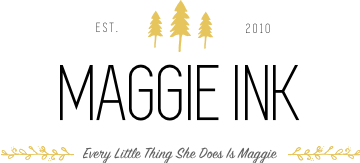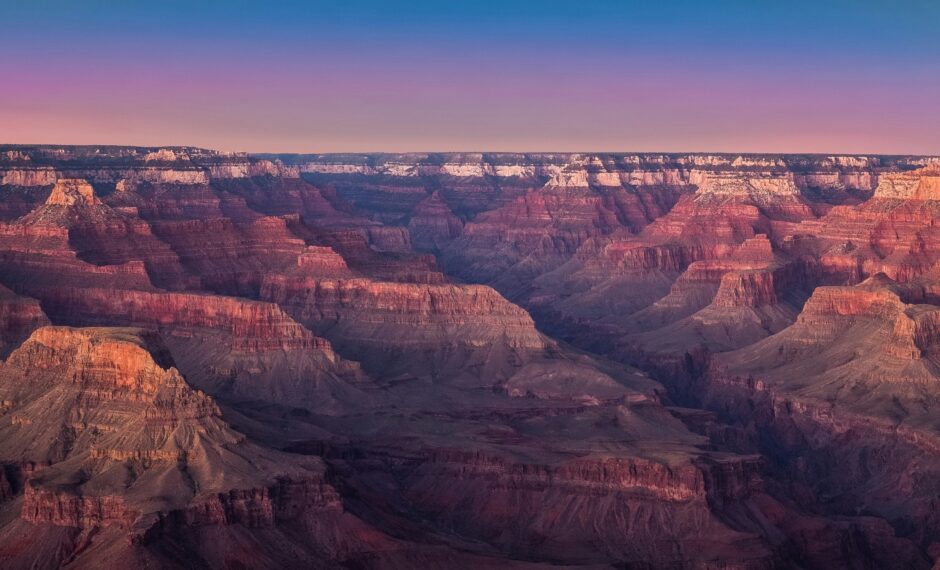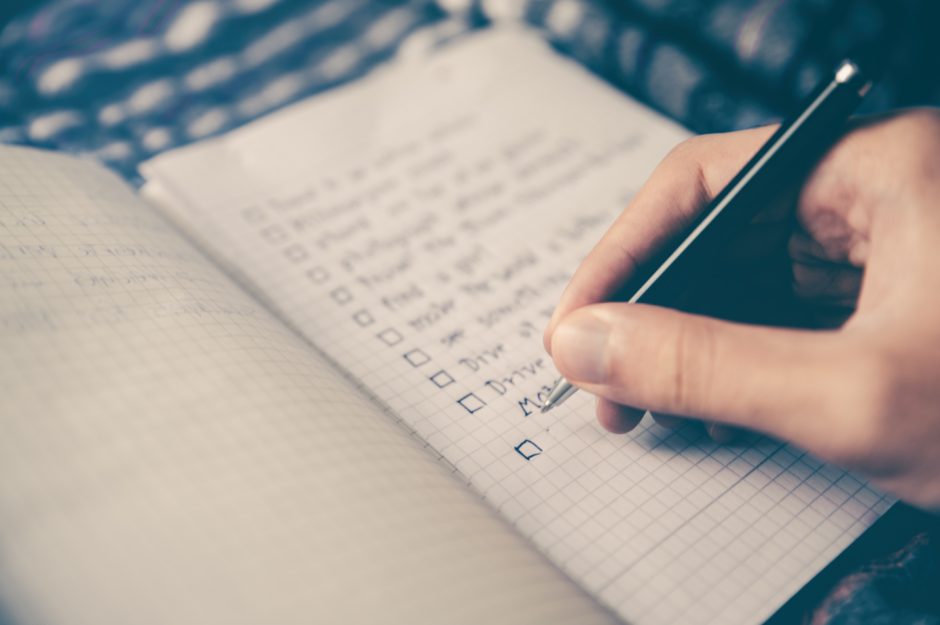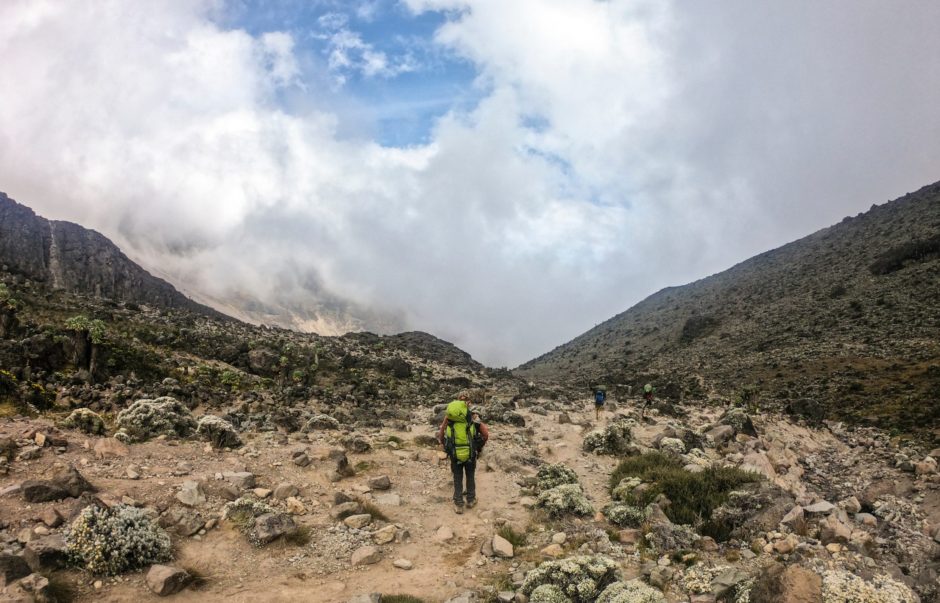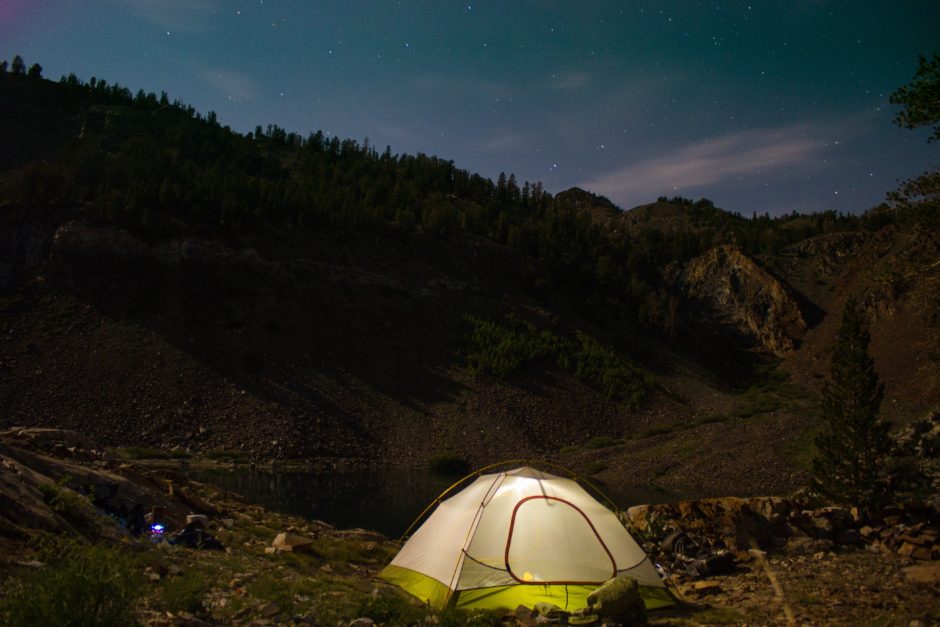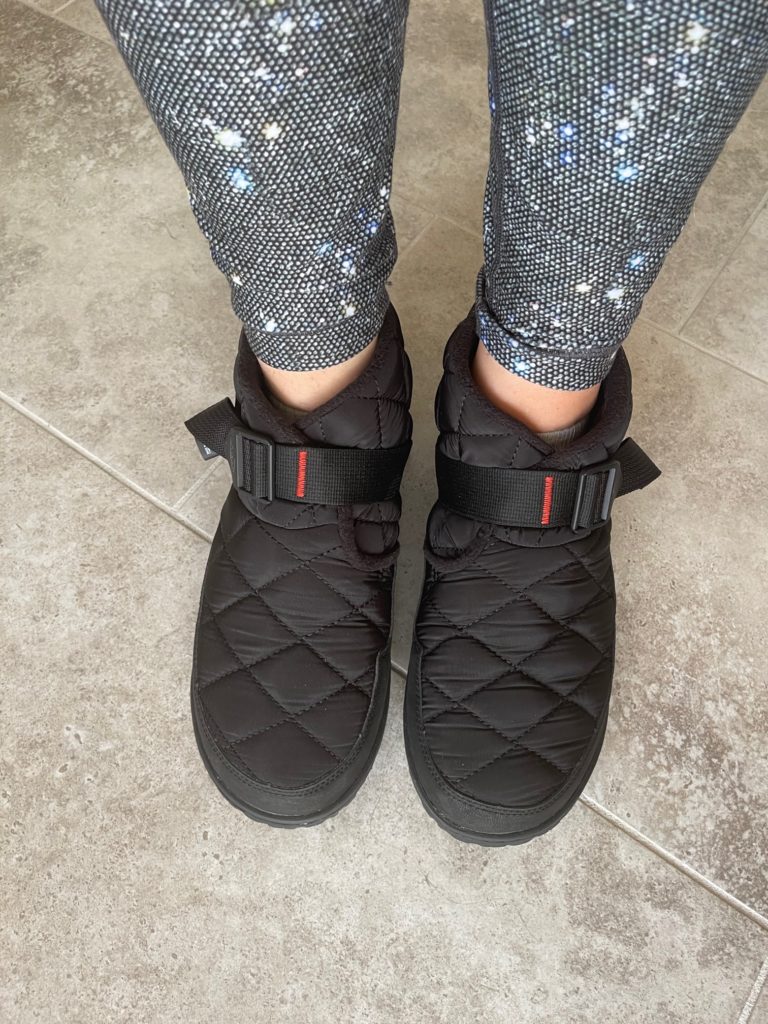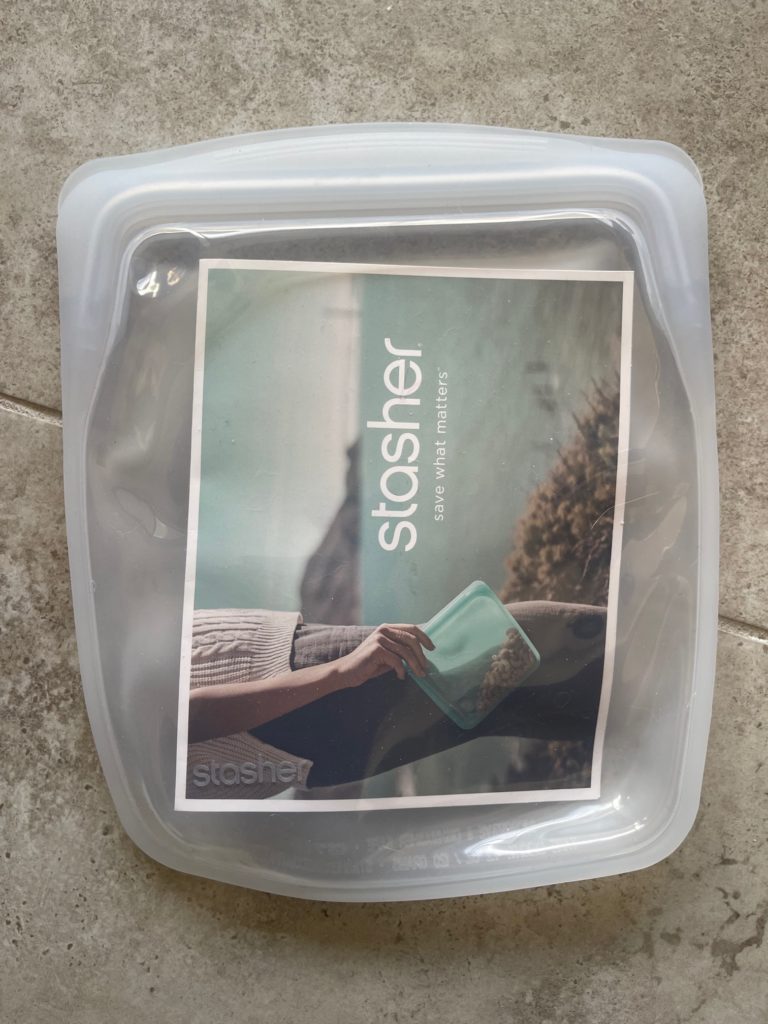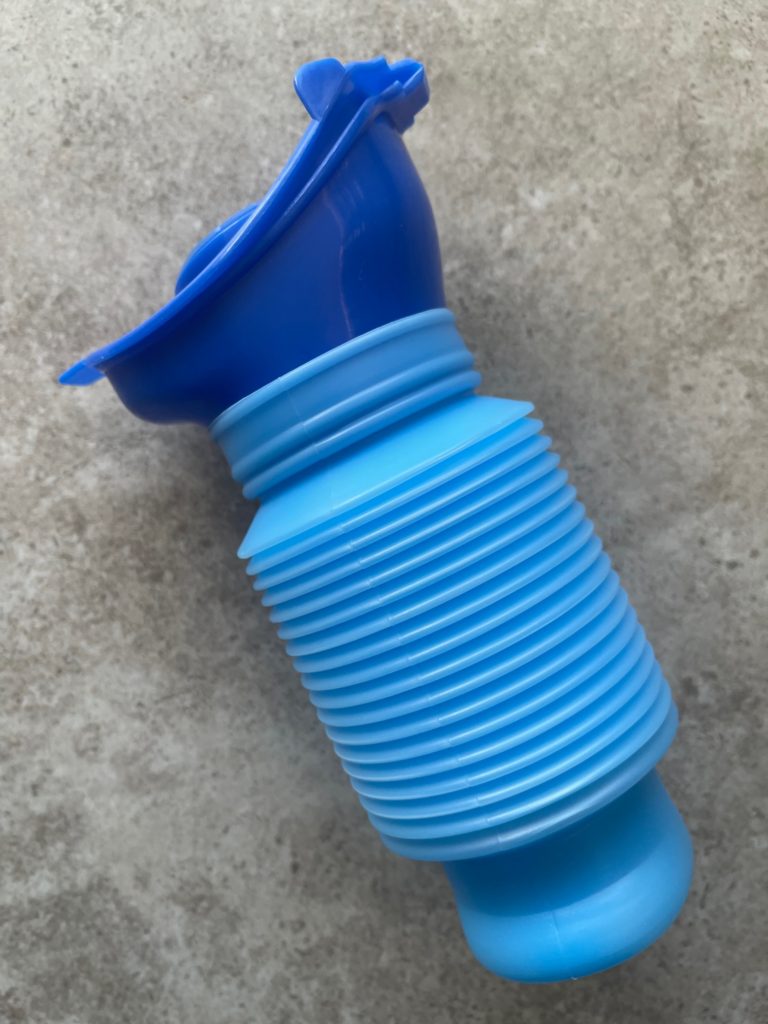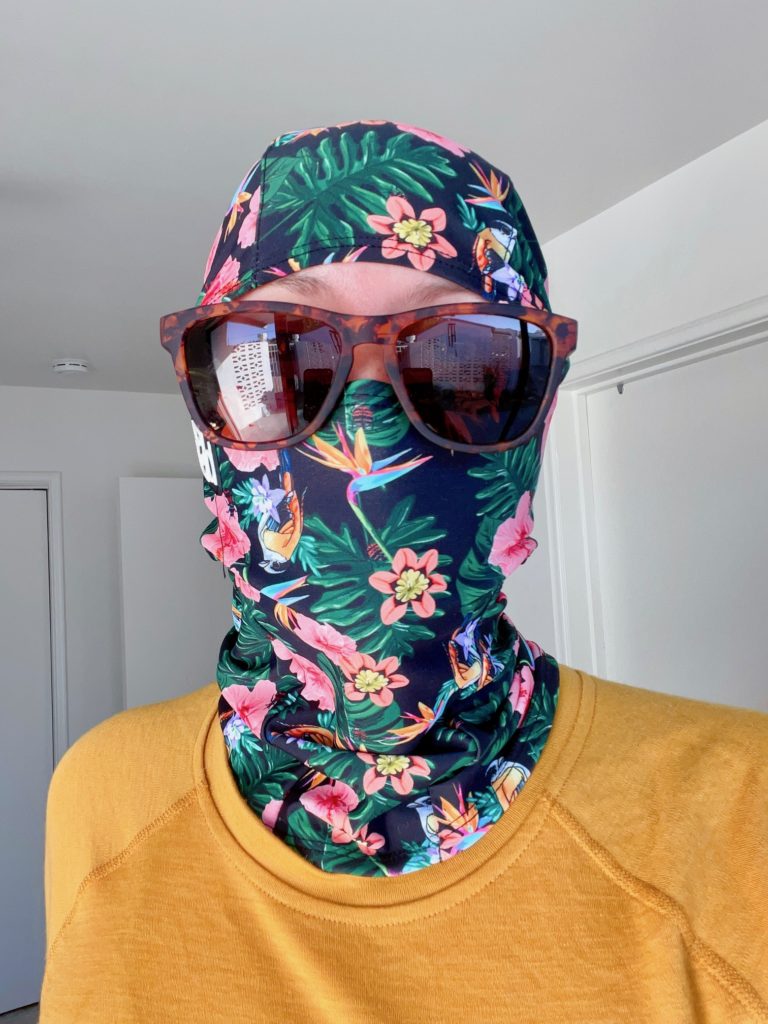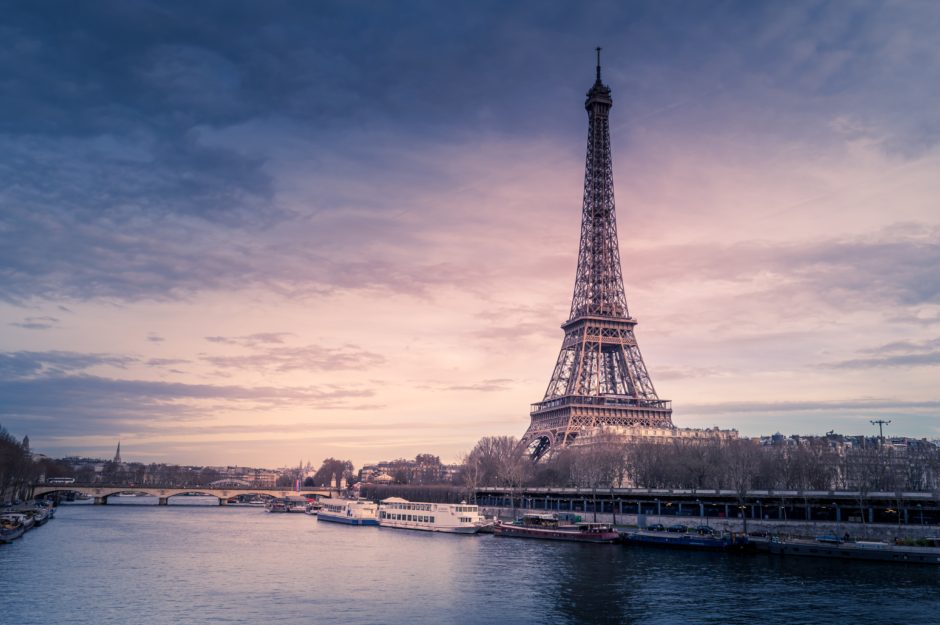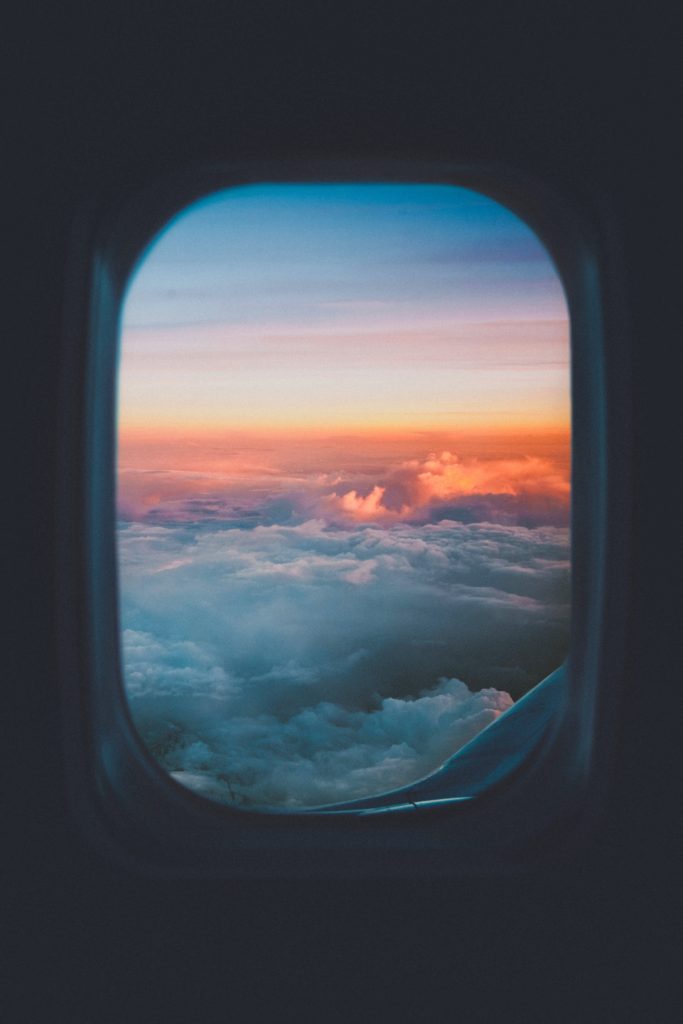Our national parks are breathtaking, but they don’t run on beauty alone. The National Park Service faces a staffing crisis, with nearly 1,000 positions eliminated, leaving rangers and staff stretched dangerously thin while our public lands remain increasingly vulnerable.
Now, more than ever, we need to step up to support these dedicated individuals and do our part to lessen our impact on the landscapes we love. Here’s how you can do that if you’re visiting a park this year:
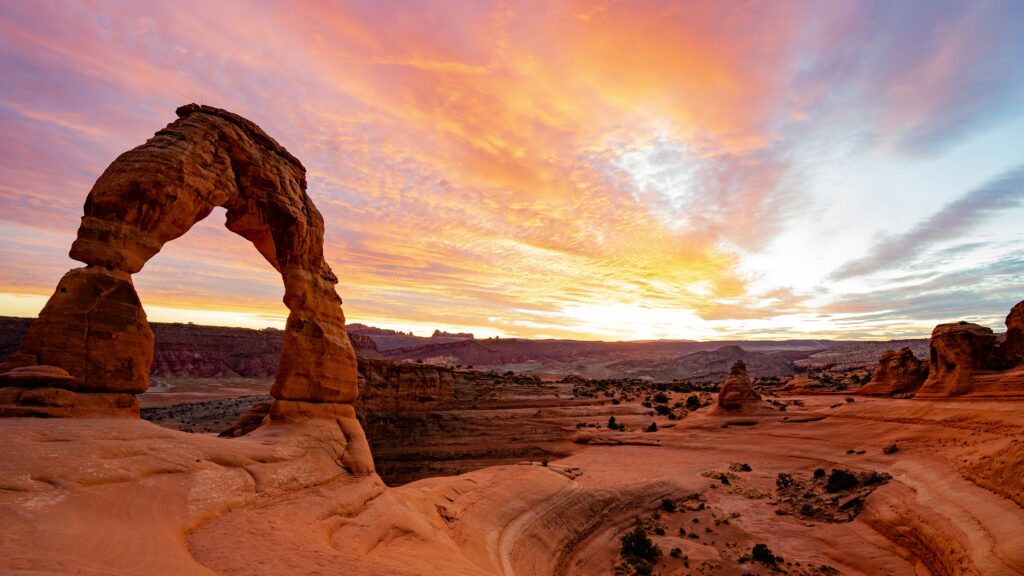
1. Follow Leave No Trace Principles
Pack out what you pack in. Stay on trails. Respect wildlife. The less damage we cause, the less work staff have to do to keep the parks clean and safe.
2. Volunteer Your Time
Many parks offer volunteer programs where you can help with maintenance, visitor education, and conservation projects. If you’re an experienced hiker, check in with the ranger station and see if you can update blazes on any trails you take.
3. Donate to National Park Organizations
Groups like the National Park Foundation and local “Friends of the Park” organizations provide funding for staff, restoration efforts, and educational programs. Some parks have programs that offer mental health support for park staff, like Yellowstone’s Resiliency Project, so those donations directly help people. Take part in the ranger-led programs or buy something in the gift shop — those profits usually go back into the park.
4. Advocate for Better Funding
Contact your representatives and urge them to prioritize funding for the National Park Service. Your voice can help secure the resources these parks desperately need. Find your representative here.
5. Travel Responsibly
Overcrowding and reckless tourism strain both park resources and staff. Visit during off-peak seasons if possible, use shuttles when available, and camp only in designated areas. Familiarize with the park first so you don’t have to rely on rangers. Also check the “alerts” section of each park’s website before going to stay up-to-date on current conditions.
6. Educate Others
Spread awareness about the challenges our national parks face. Encourage friends and family to be responsible visitors and supporters.
7. Show Appreciation
A simple thank-you to a ranger or park worker goes a long way. These folks work tirelessly to protect our lands, and a little gratitude can brighten their day.
